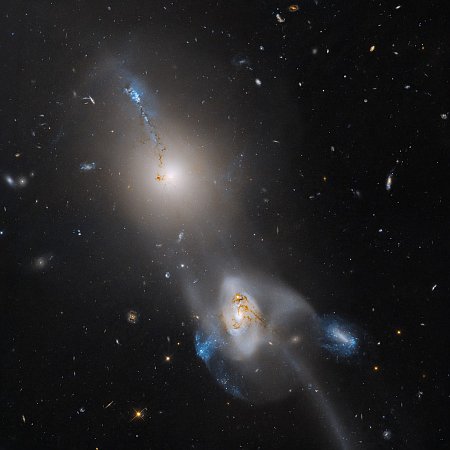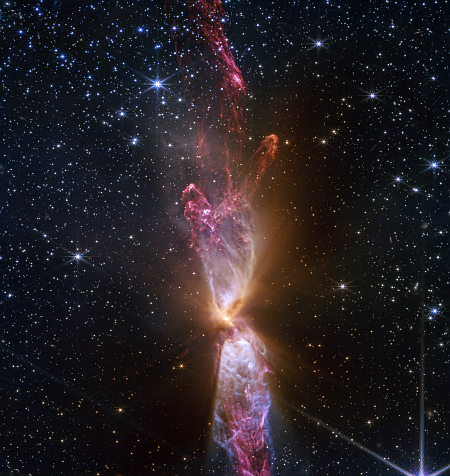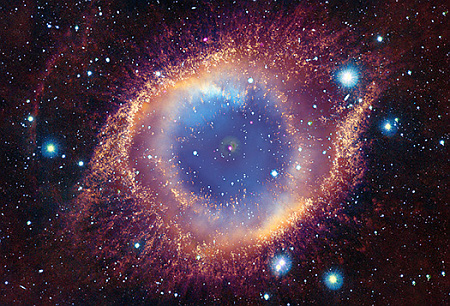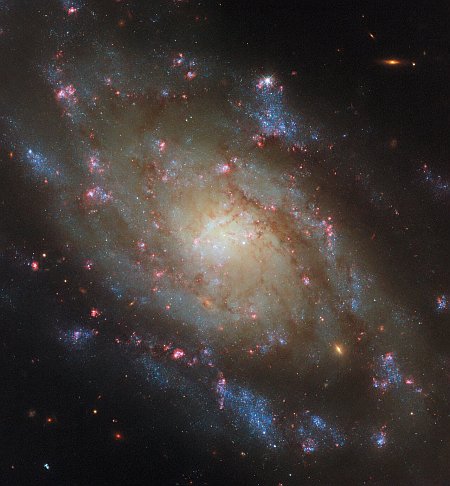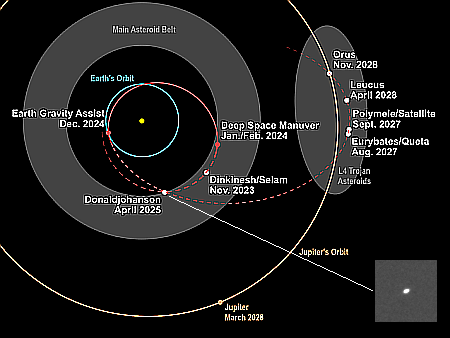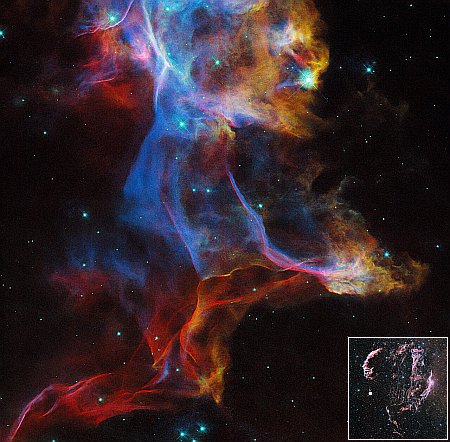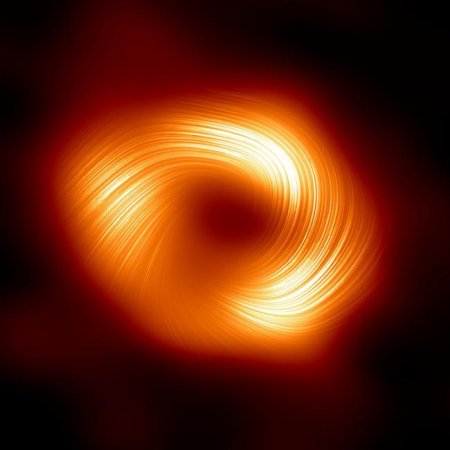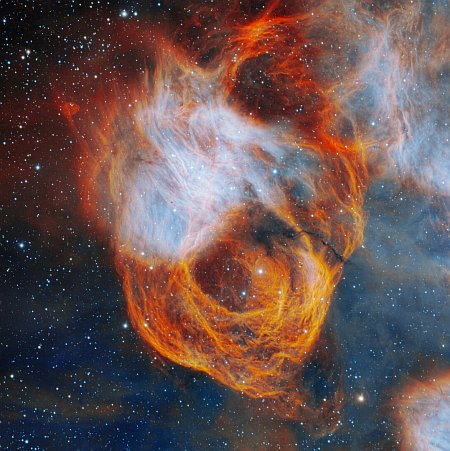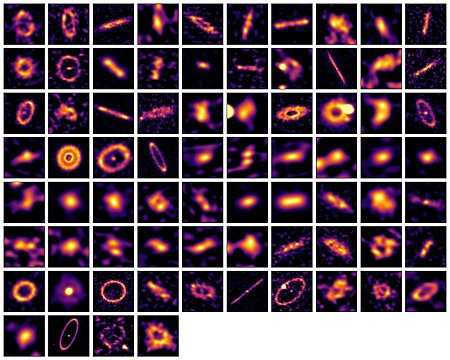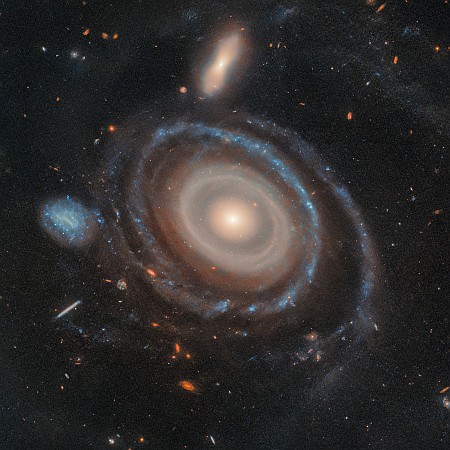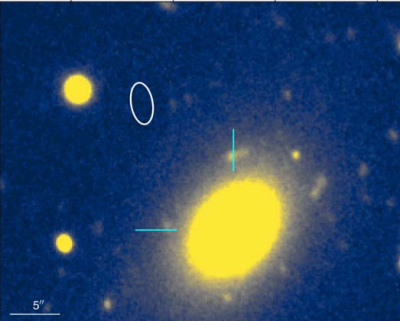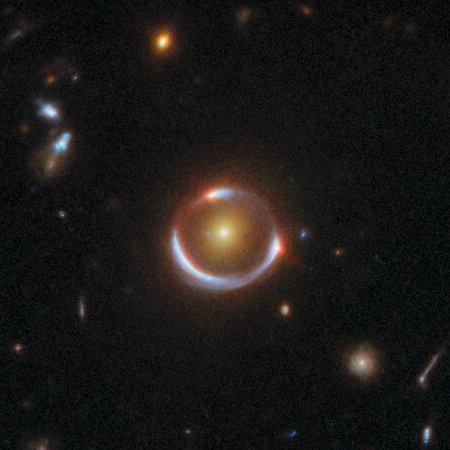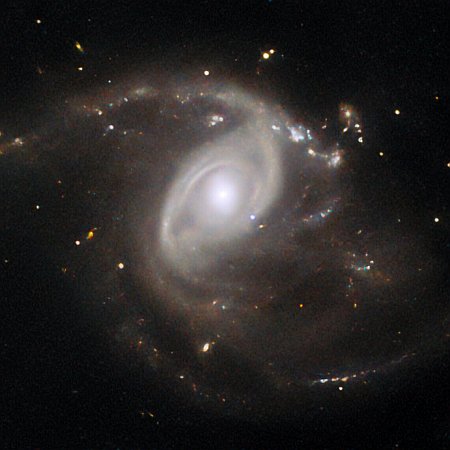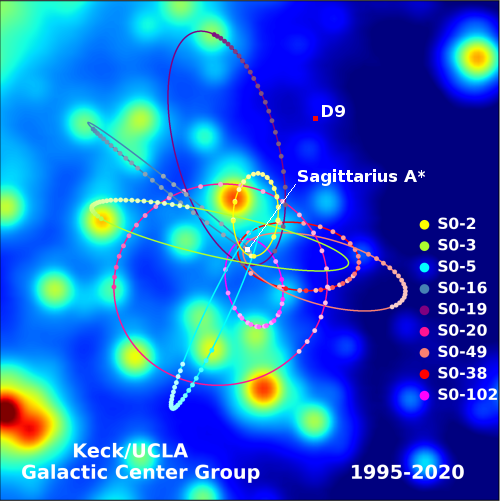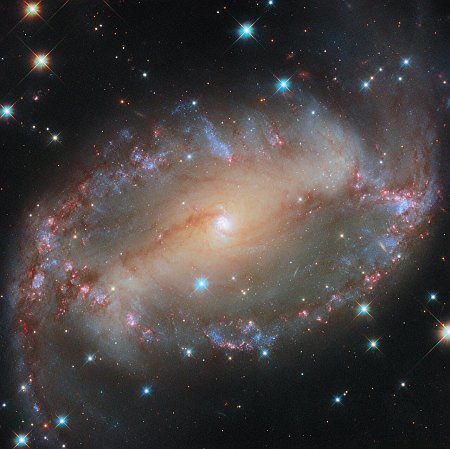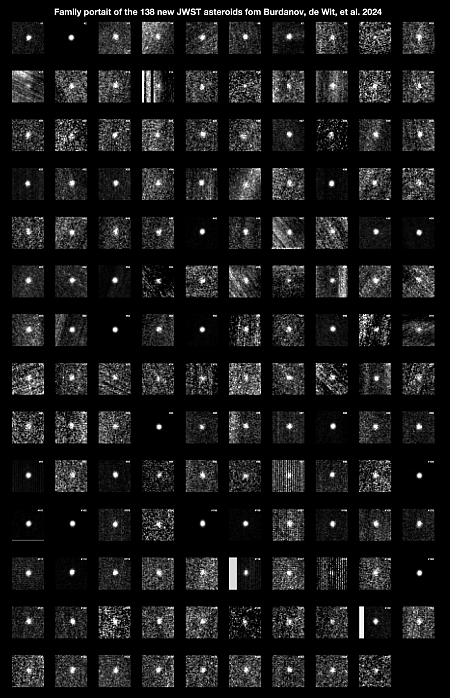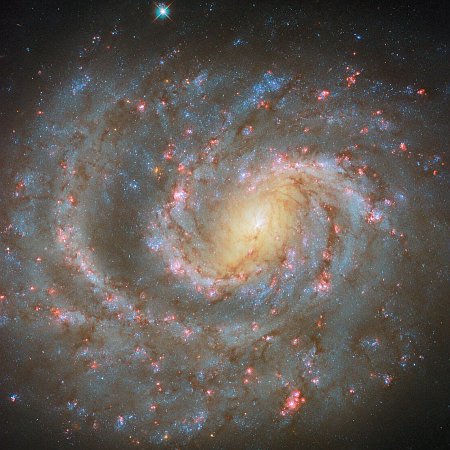Astronomers discover 128 more moons around Saturn
Using a ground-based telescope, astronomers have now identified 128 new moons circling Saturn, bringing its moon count to 274, more than the total moons around all the other planets in the solar system combined.
Edward Ashton at Academia Sinica in Taipei, Taiwan, and his colleagues found the new moons with the Canada-France-Hawaii Telescope, revealing dozens that have previously evaded astronomers. They took hours of images of Saturn, adjusted them for the planet’s movement through the sky and stacked them on top of each other to reveal objects that would otherwise be too dim to see.
All the new moons are between 2 and 4 kilometres in diameter and are likely to have been formed hundreds of millions or even billions of years ago in collisions between larger moons, says Ashton.
That Saturn has so many moons should surprise no one. Saturn actually has possibly millions, maybe even billions, of moons, if you count every particle in its rings. In fact, the gas giant poses a problem for astronomers in defining what a moon actually is. How small must an object be before you stop calling it a moon?
Using a ground-based telescope, astronomers have now identified 128 new moons circling Saturn, bringing its moon count to 274, more than the total moons around all the other planets in the solar system combined.
Edward Ashton at Academia Sinica in Taipei, Taiwan, and his colleagues found the new moons with the Canada-France-Hawaii Telescope, revealing dozens that have previously evaded astronomers. They took hours of images of Saturn, adjusted them for the planet’s movement through the sky and stacked them on top of each other to reveal objects that would otherwise be too dim to see.
All the new moons are between 2 and 4 kilometres in diameter and are likely to have been formed hundreds of millions or even billions of years ago in collisions between larger moons, says Ashton.
That Saturn has so many moons should surprise no one. Saturn actually has possibly millions, maybe even billions, of moons, if you count every particle in its rings. In fact, the gas giant poses a problem for astronomers in defining what a moon actually is. How small must an object be before you stop calling it a moon?

